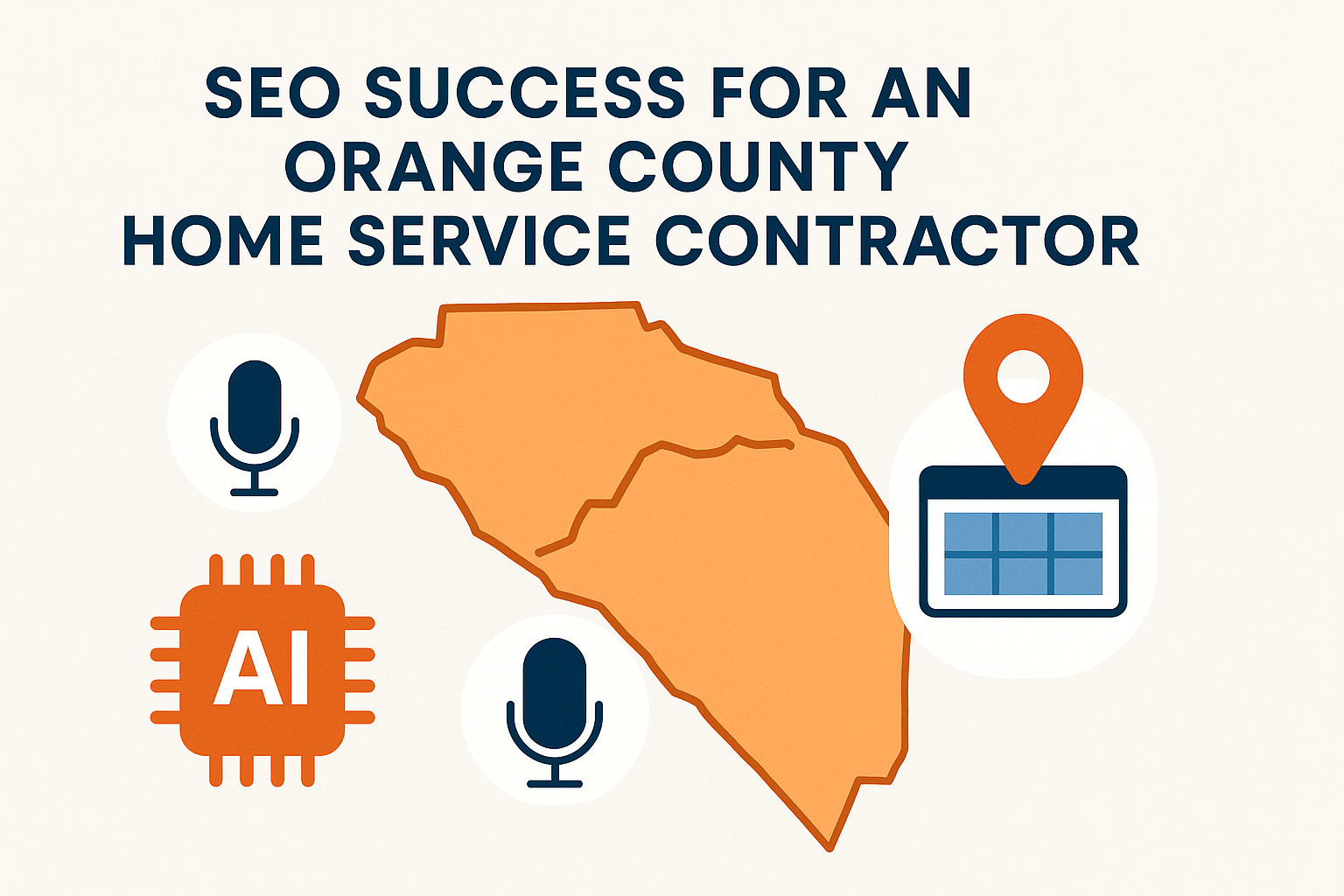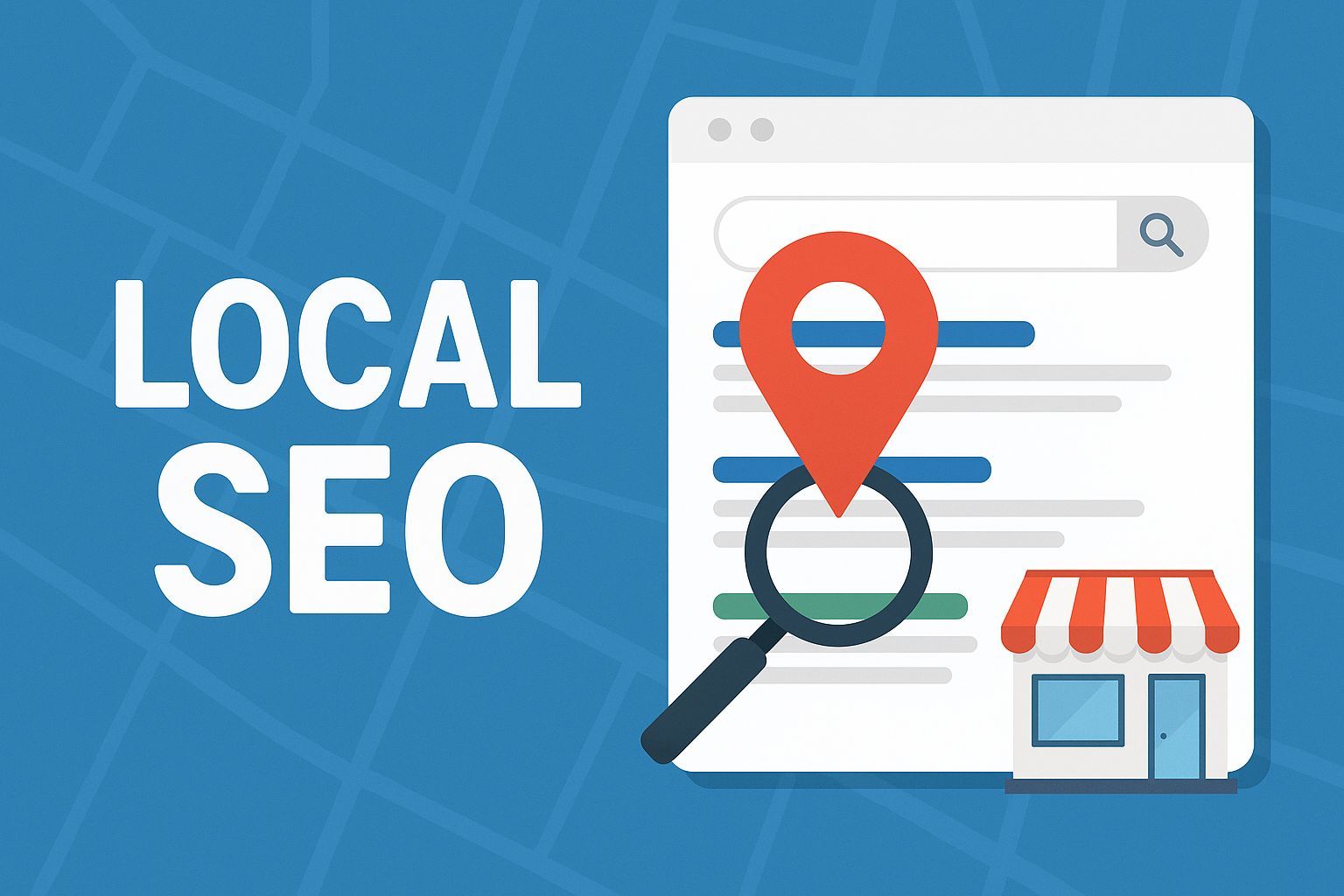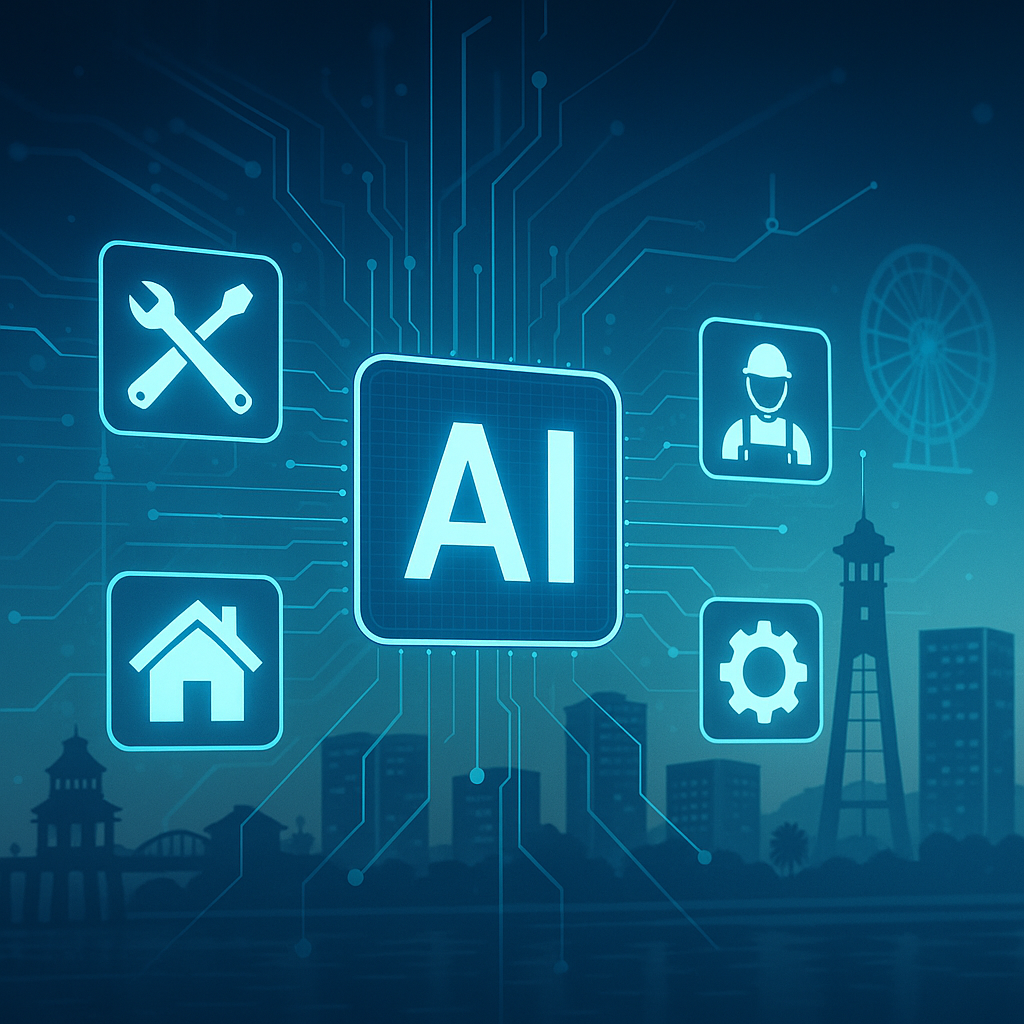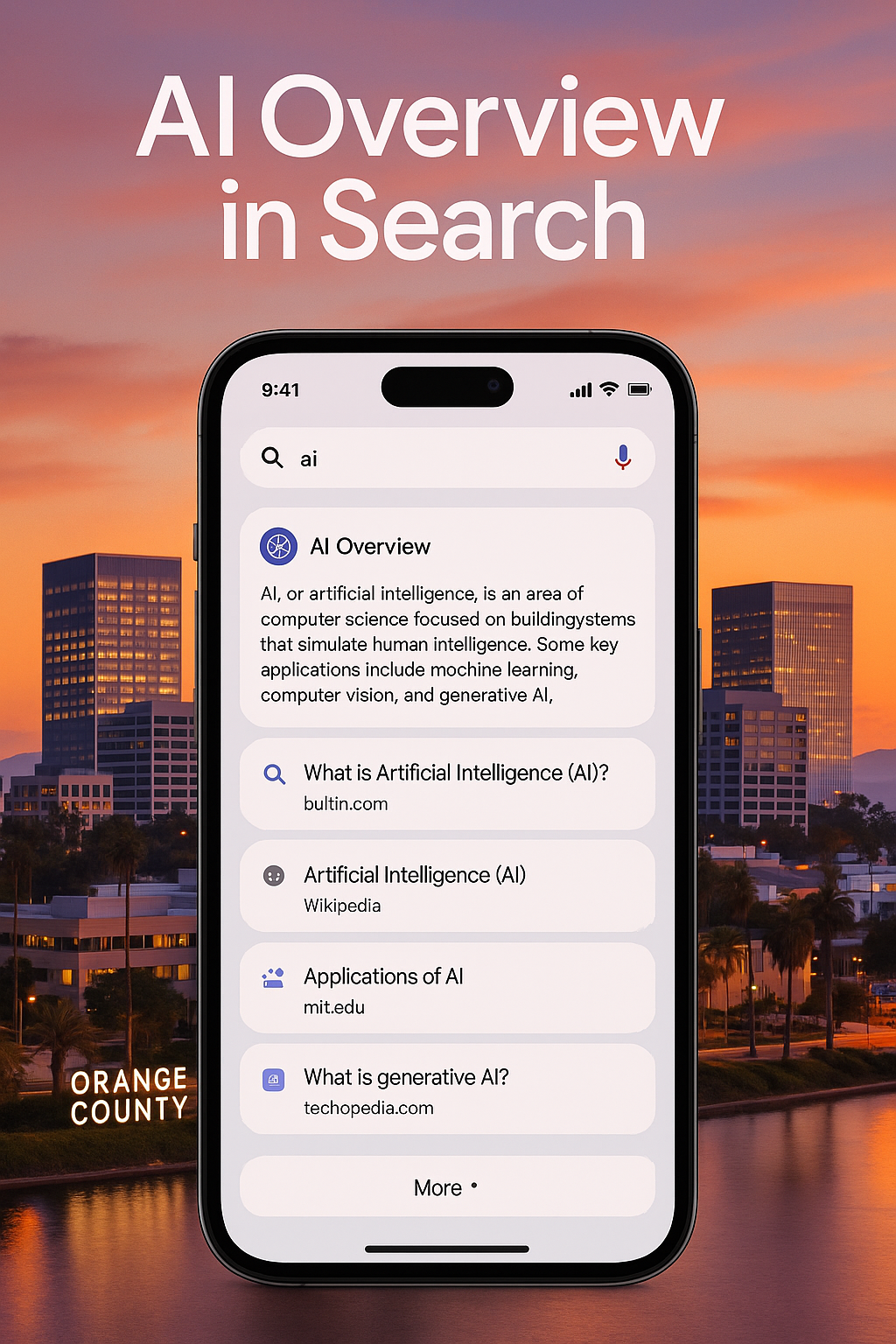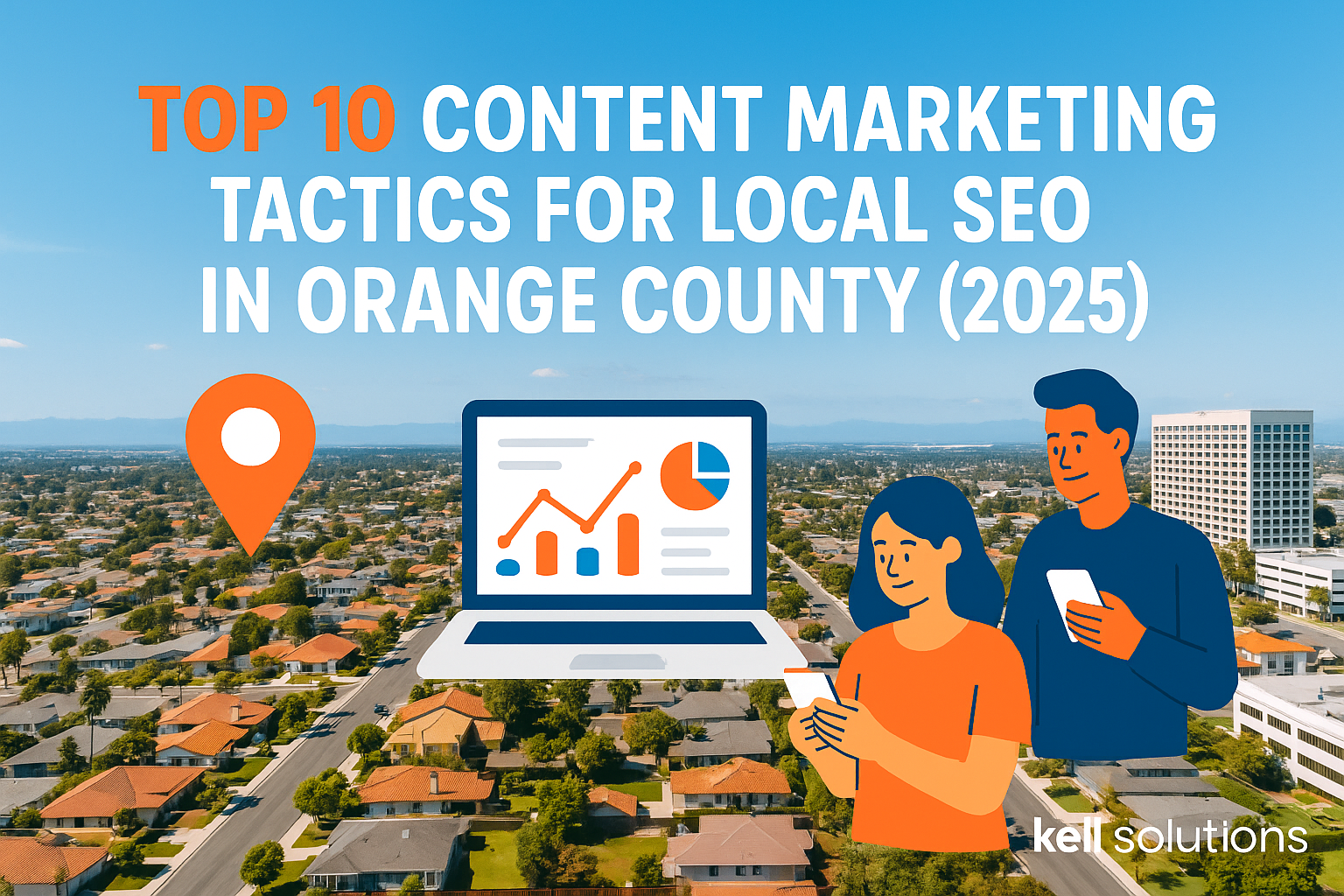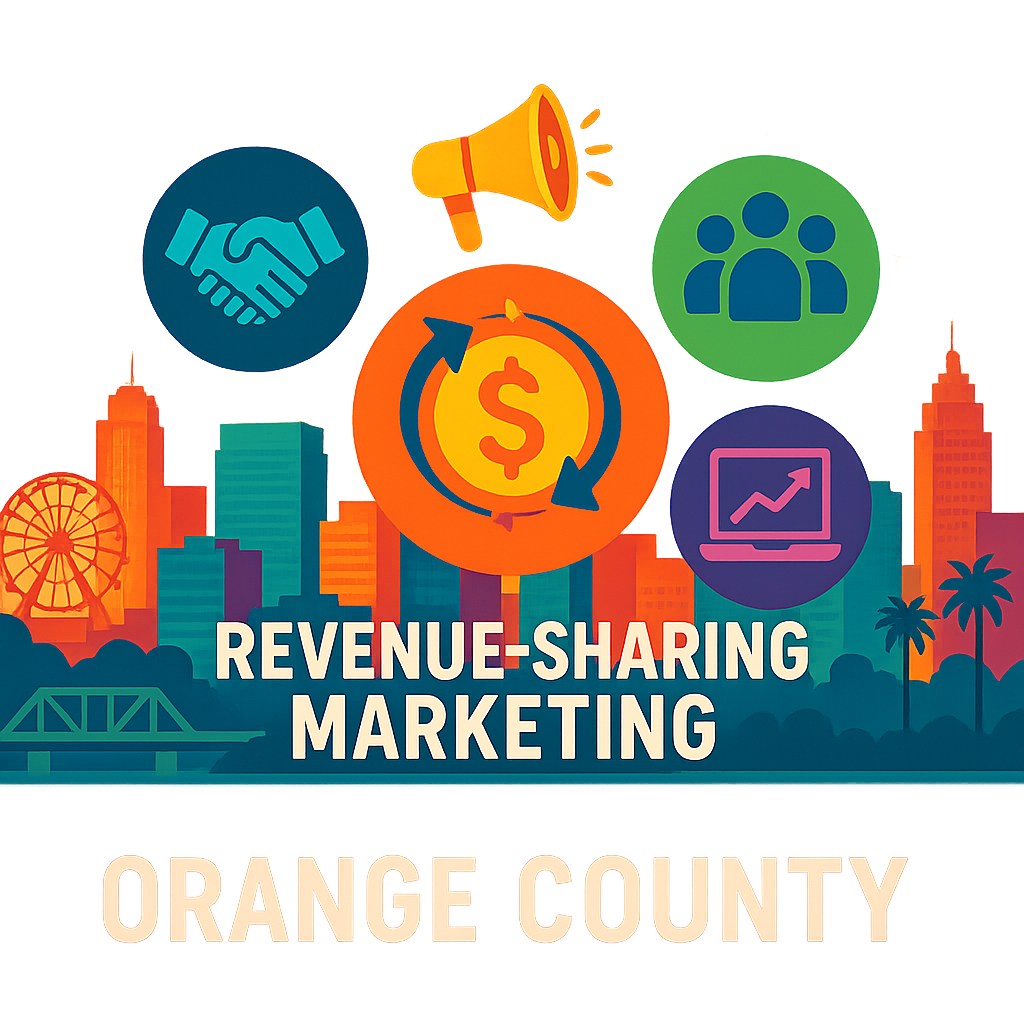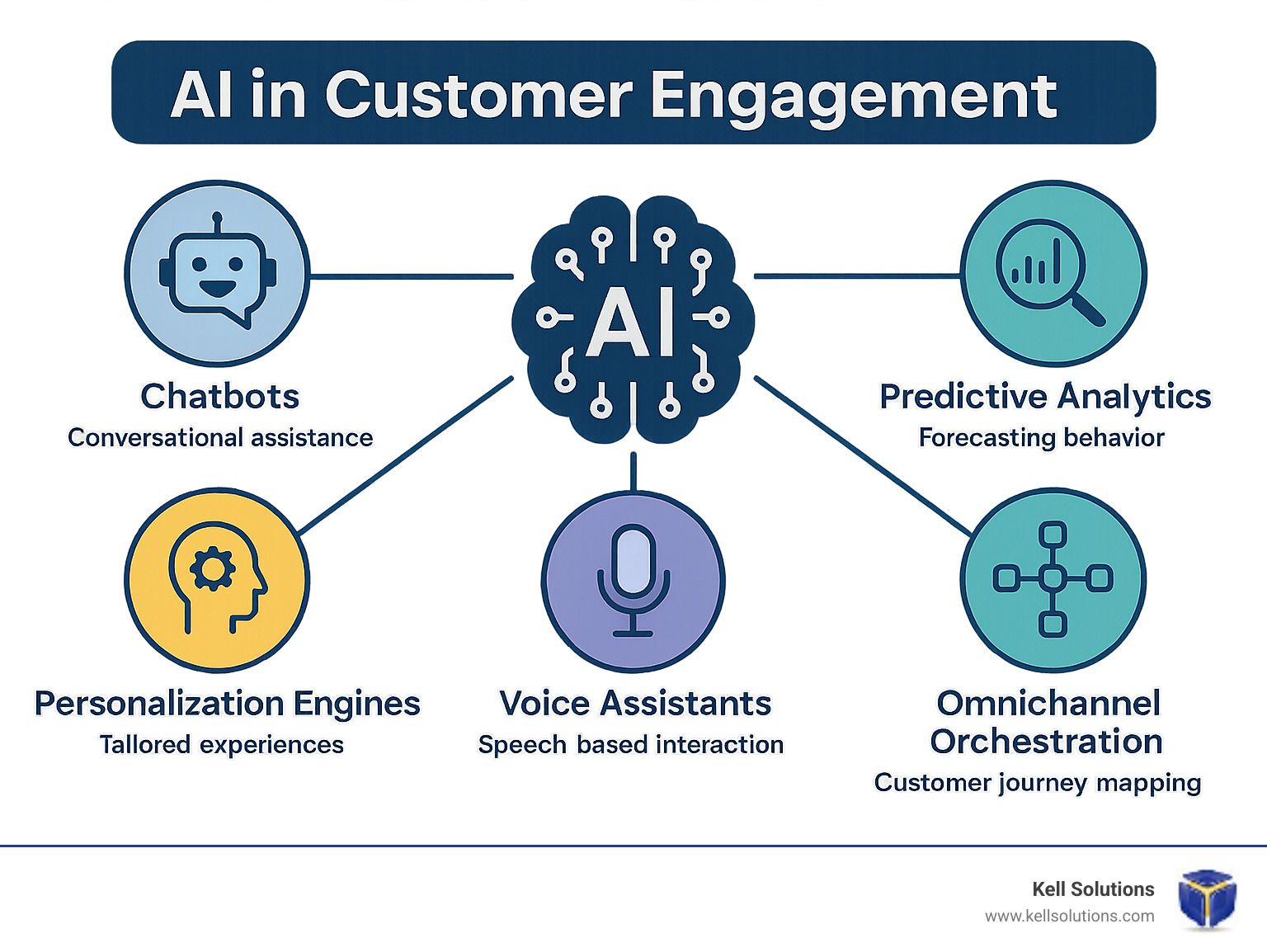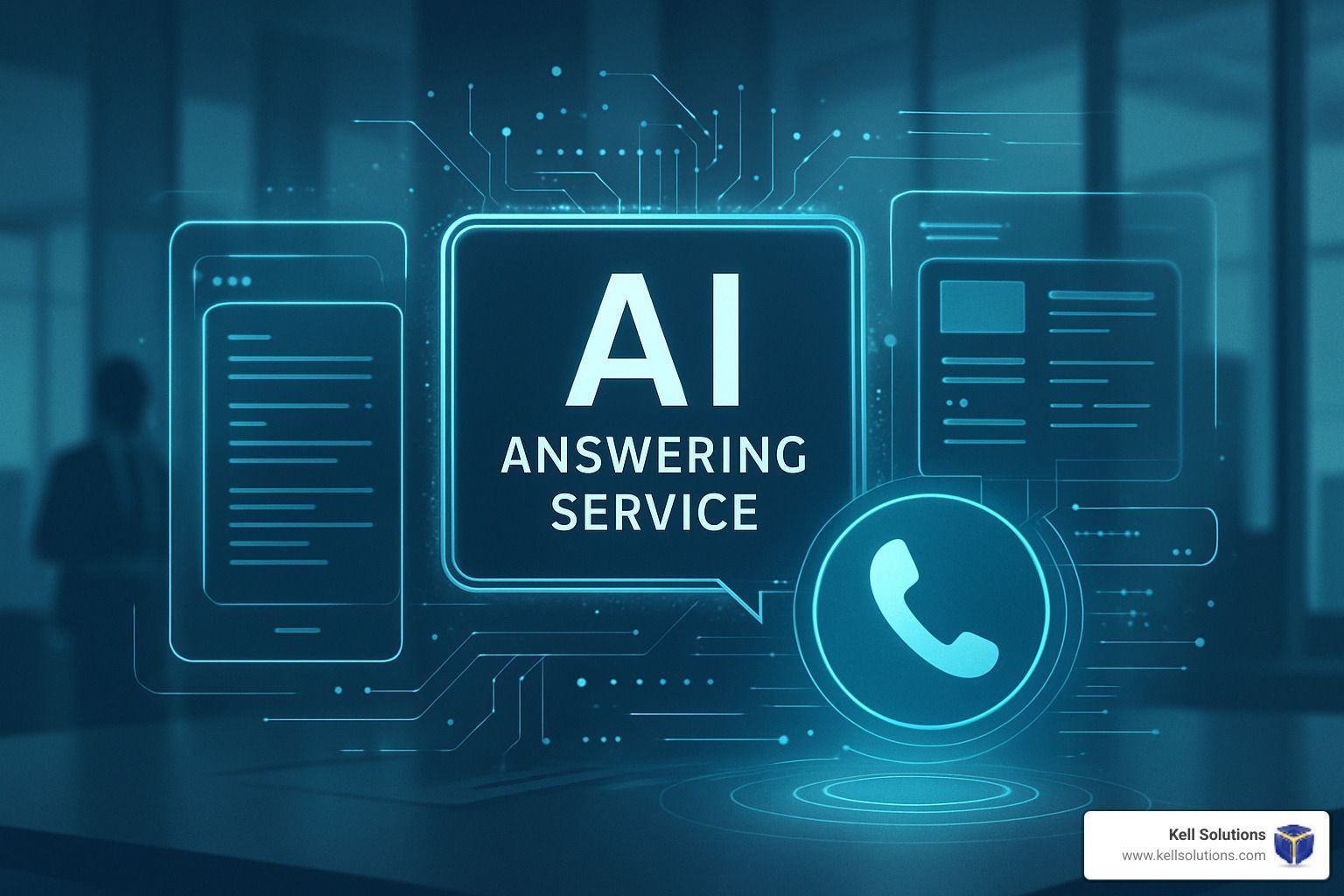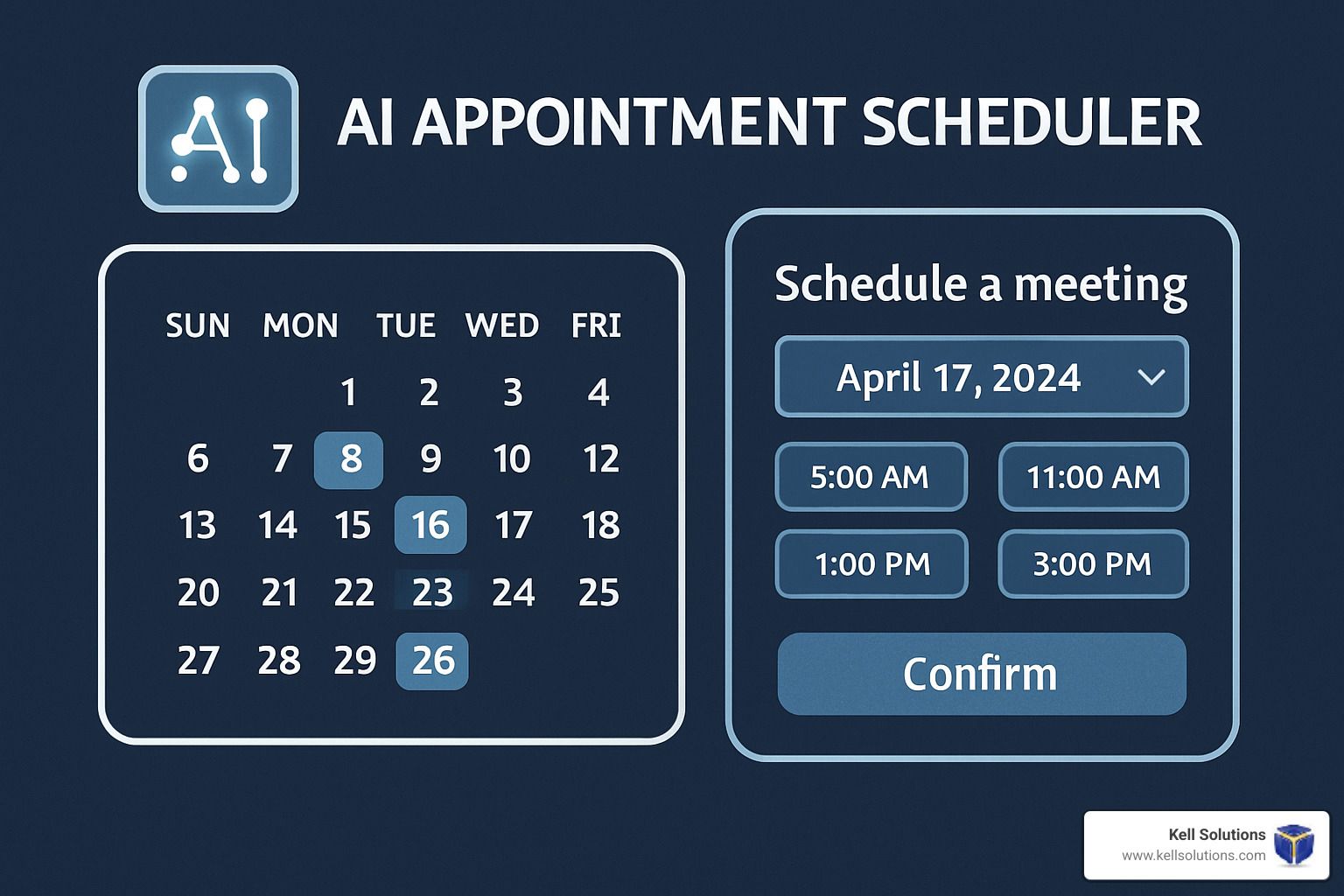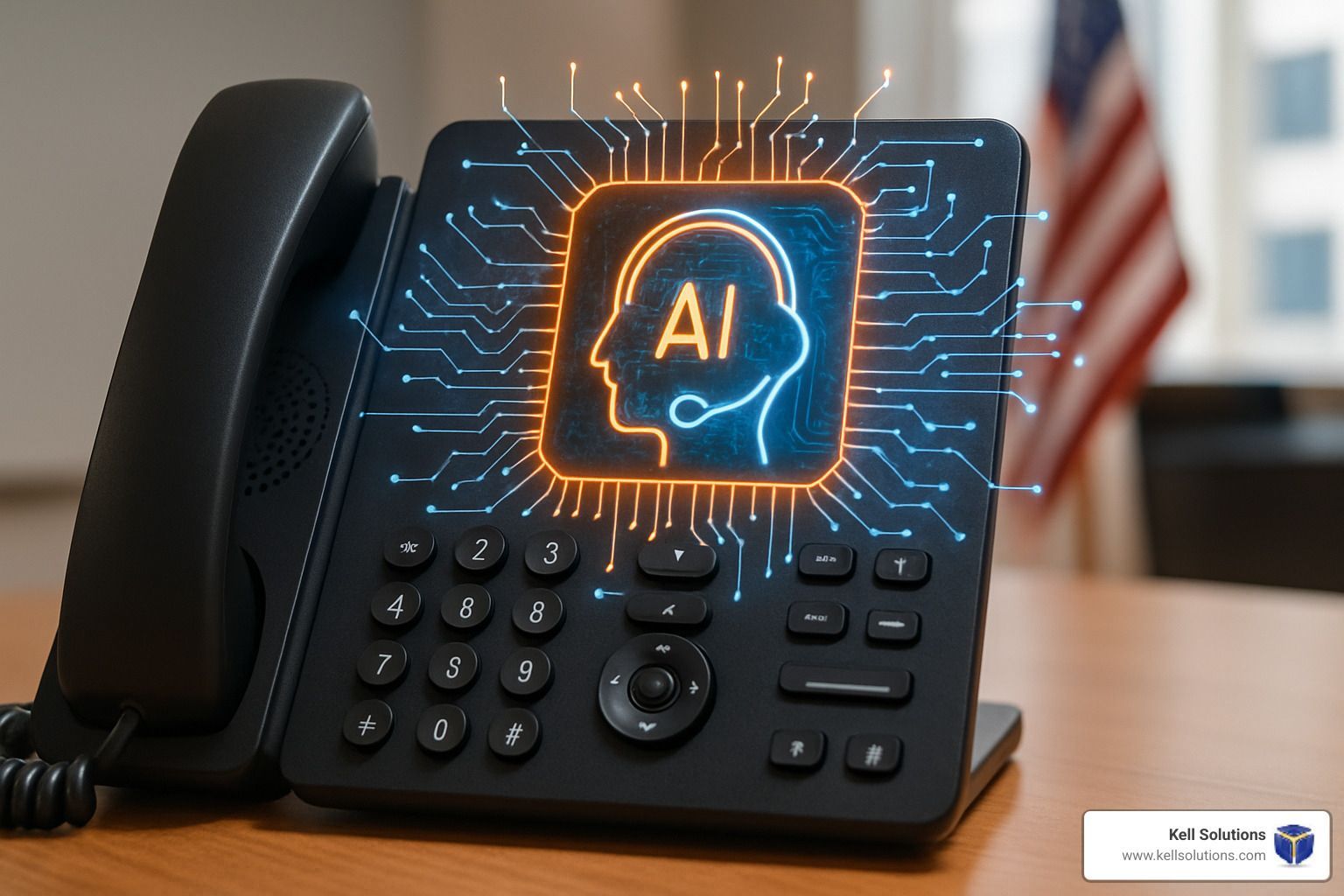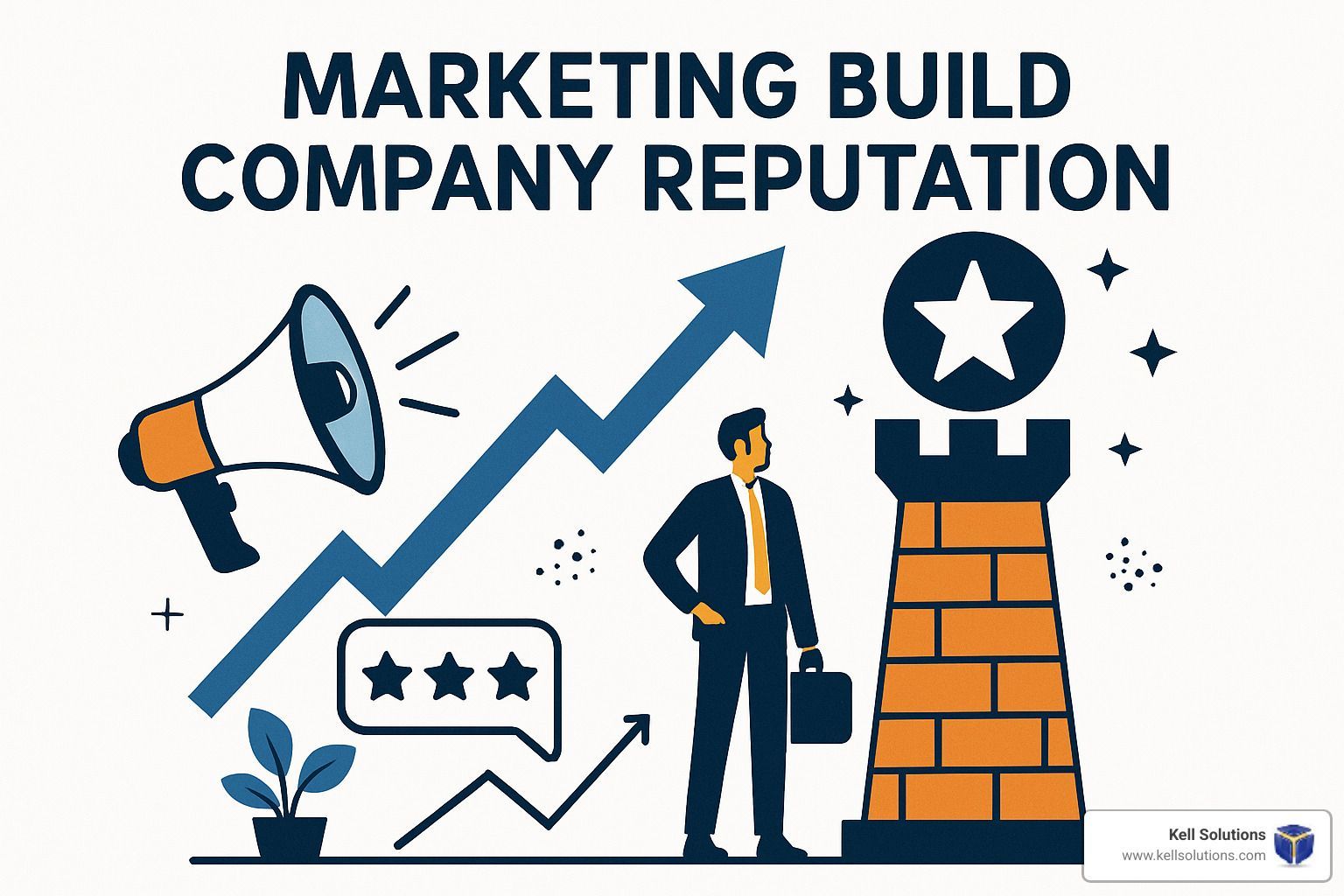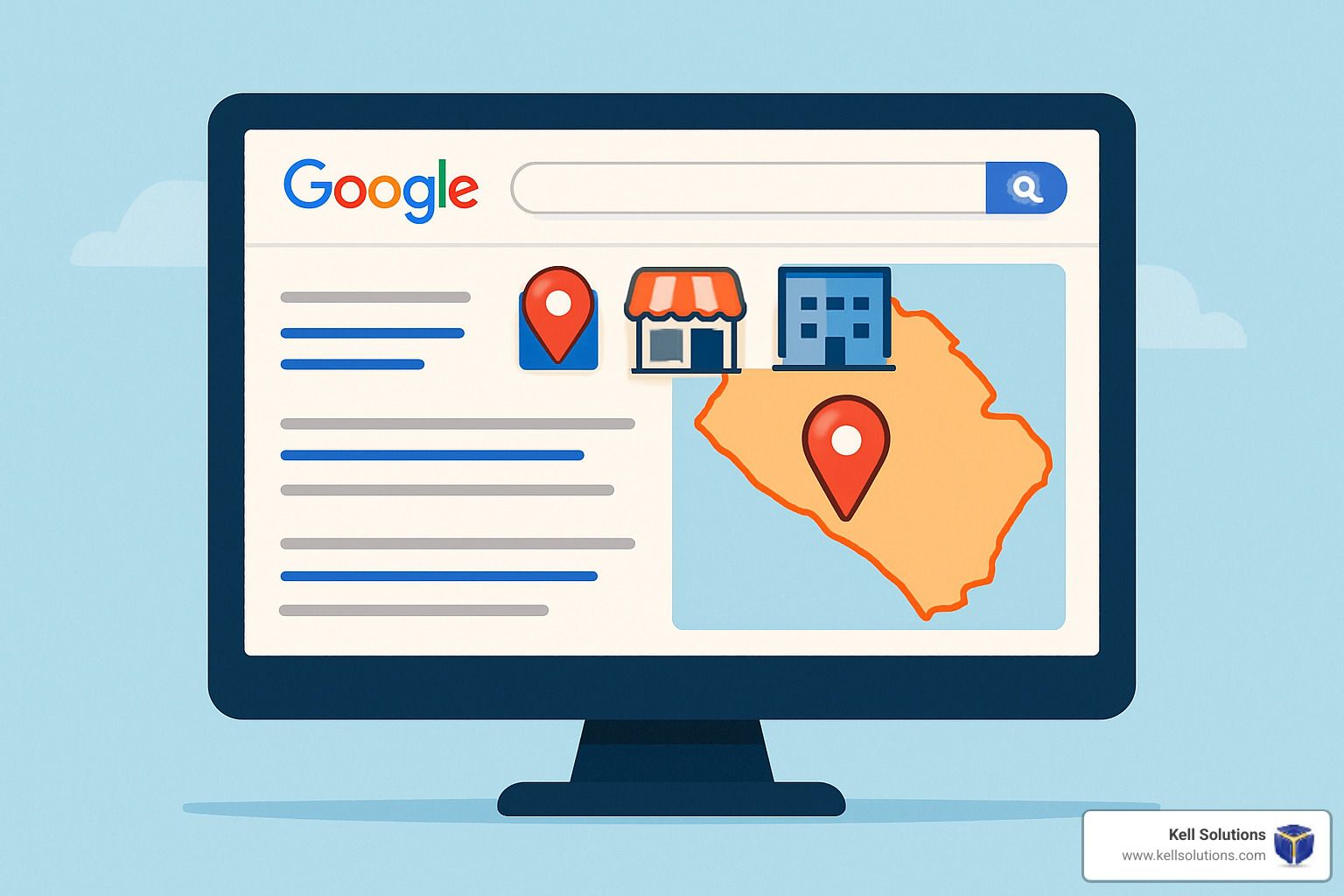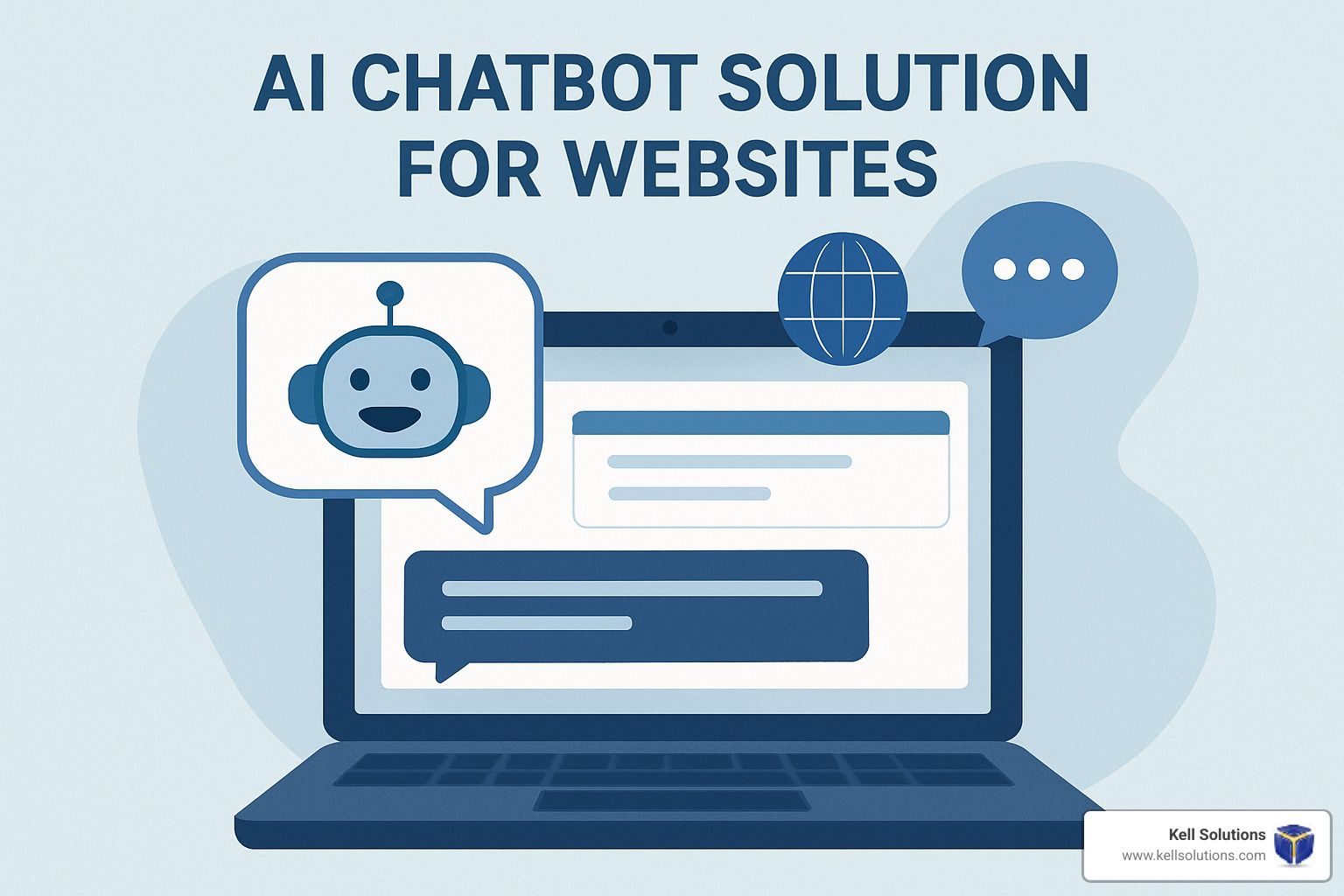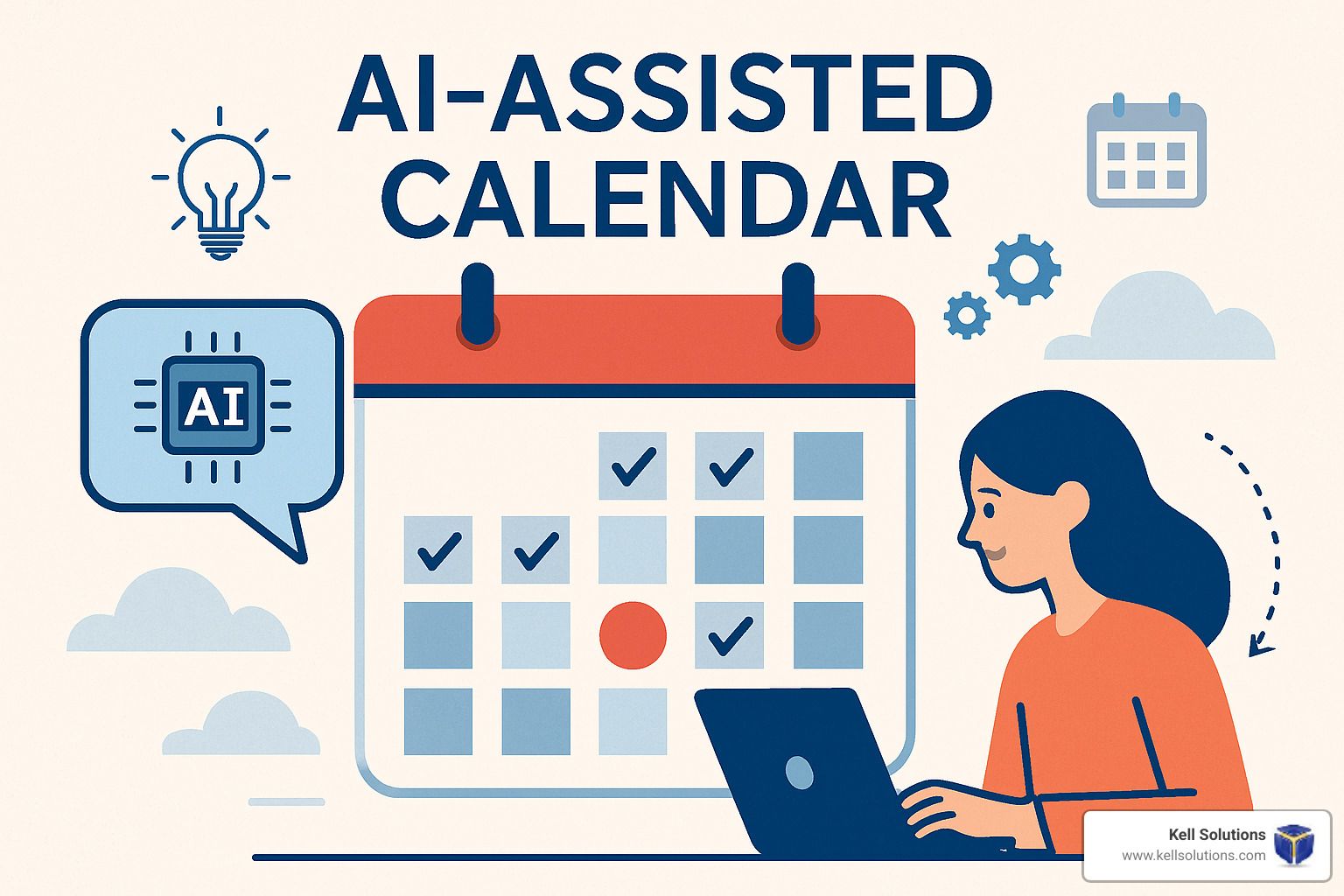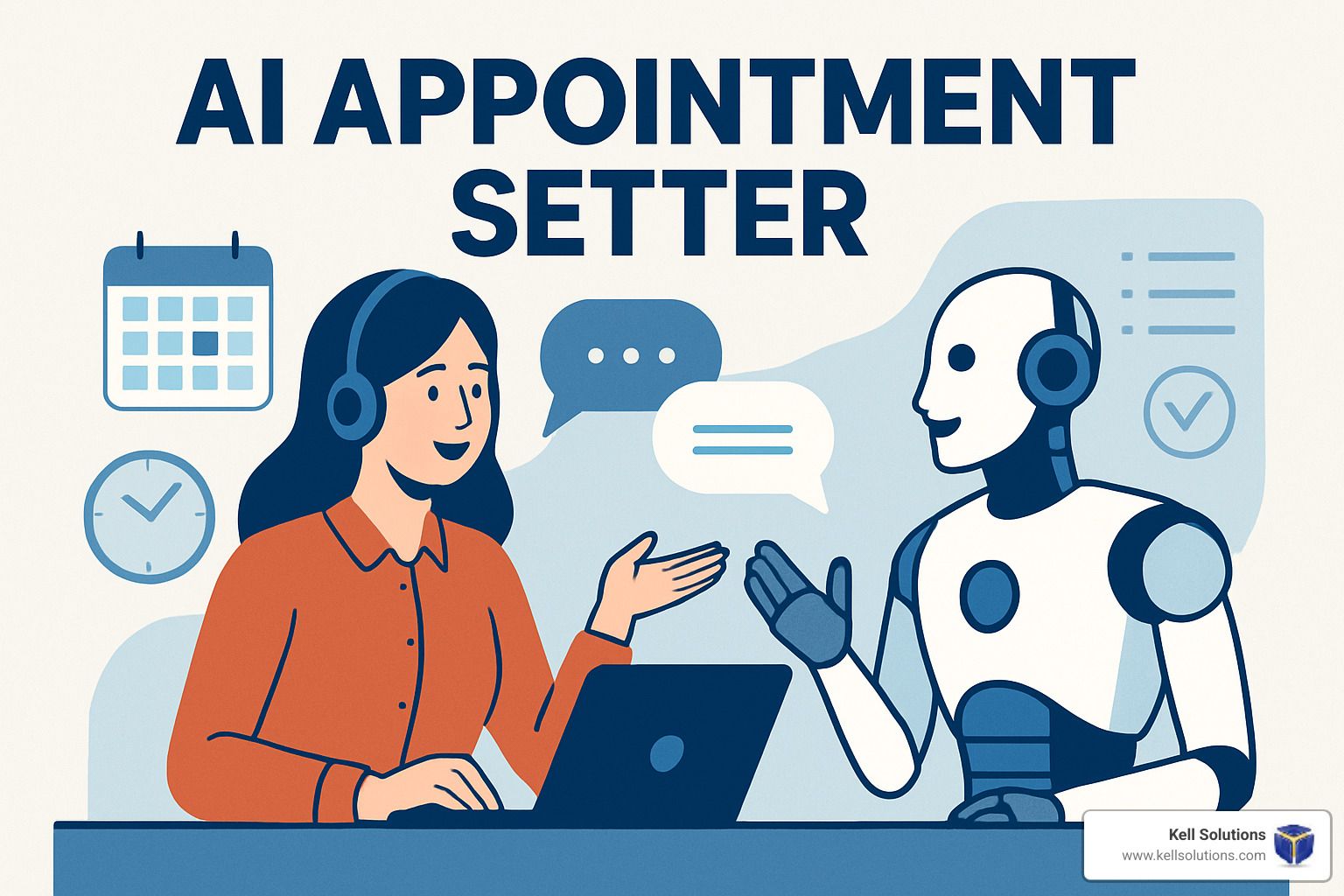Top Orange County AI Voice Agents for Personalized Customer Service, Issue Resolution & Reporting Tools
Key Takeaways
- Orange County AI voice agents can handle up to 70% of customer inquiries autonomously, reducing operational costs by 30-50% while maintaining 24/7 availability.
- Modern AI voice systems respond in under 600ms and can detect customer emotions, creating more natural and empathetic conversations than traditional chatbots.
- Top platforms like ElevenLabs and Crescendo.ai offer enterprise-grade reliability with 99.8% accuracy rates for complex customer interactions.
- Implementation timelines have shortened dramatically, with some no-code solutions deployable within minutes compared to traditional 3-6 month timelines.
- Companies leveraging AI voice agents in Orange County report up to 8× ROI on their investments, with Gartner predicting AI will reduce customer service labor costs by $80 billion by 2026.
How Orange County AI Voice Agents Are Transforming Customer Service Forever
AI voice agents are redefining what's possible in customer service. Unlike the frustrating automated systems of the past, today's AI-powered voice solutions create conversations that feel remarkably human while delivering superhuman efficiency. Synchlab's research shows organizations implementing these systems are seeing transformational results—cutting costs while simultaneously improving customer satisfaction scores.
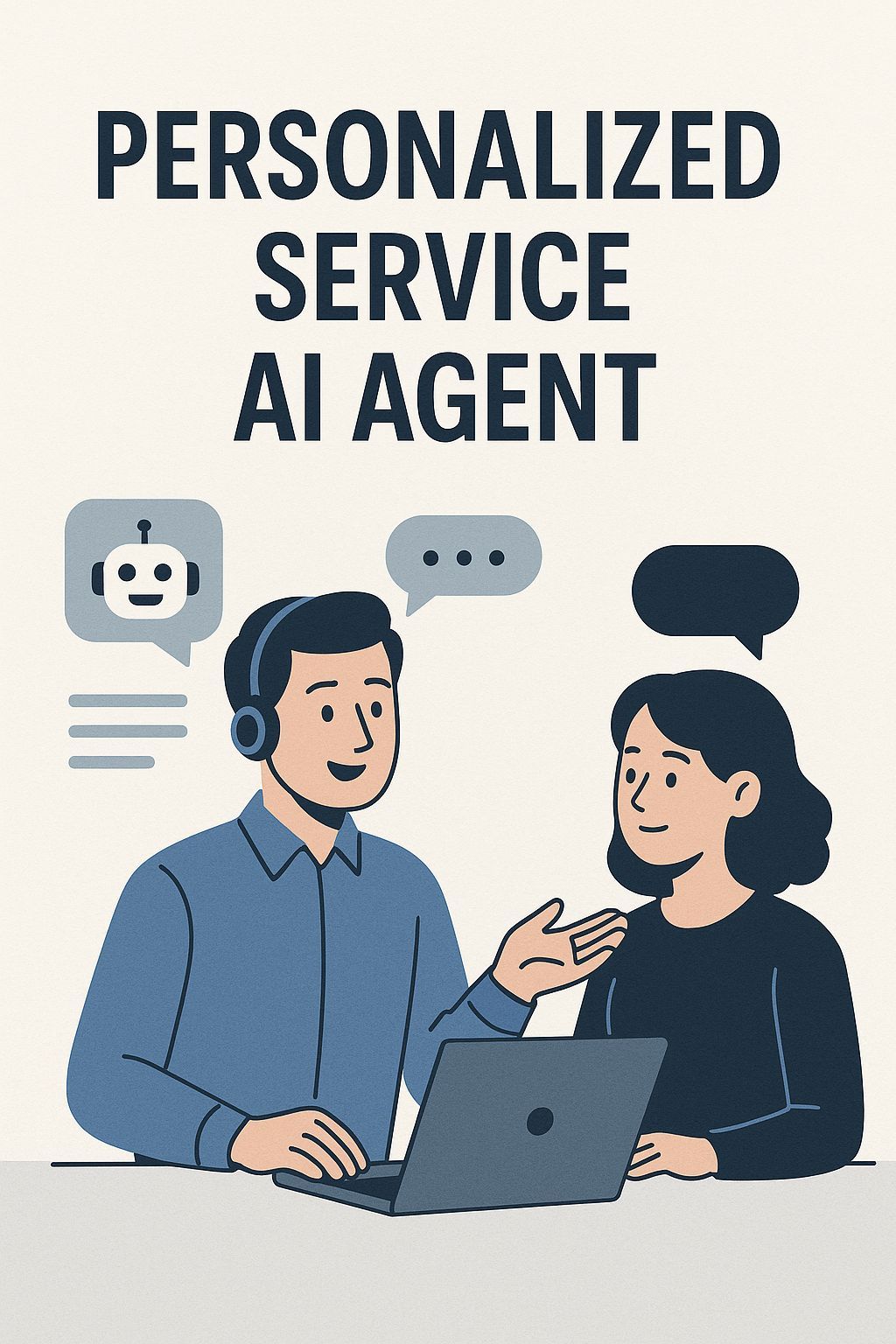
The numbers tell a compelling story: 95% of customer interactions are projected to be AI-powered by 2025, with voice agents leading this revolution. Companies report 30-50% reductions in operational costs, 24/7 service availability, and the ability to handle sudden volume spikes without adding staff. These aren't incremental improvements—they represent a fundamental shift in how customer service operates.
What makes this transformation possible is the convergence of several advanced technologies. Modern AI voice agents combine automatic speech recognition, natural language processing, and sophisticated text-to-speech synthesis with emotional intelligence capabilities. The result is a system that doesn't just answer questions but truly understands customers and solves their problems.
What Makes Today's AI Voice Agents Different From Basic Chatbots
The gap between traditional chatbots and modern AI voice agents is vast. While chatbots follow rigid decision trees and struggle with natural language, today's voice agents understand context, detect emotions, and maintain conversational memory throughout complex interactions. They're designed to handle the messy reality of human communication—interruptions, tangents, and all.
Real-Time Conversation Capabilities With Sub-600ms Response Times
One of the most impressive advancements in AI voice technology is response speed. Leading platforms now respond in under 600 milliseconds—faster than human conversation pace. This eliminates the awkward pauses that plagued earlier systems and creates a natural flow that customers find comfortable rather than frustrating.
These systems also feature smart interruption management, allowing customers to interject with questions or clarifications without derailing the conversation. The AI seamlessly adjusts, maintaining context while addressing new information—something basic chatbots simply cannot accomplish.
Emotional Intelligence Features That Detect Customer Sentiment
Modern AI voice agents don't just hear words—they understand emotions. Advanced systems analyze vocal tone, speaking pace, and language choices to detect frustration, confusion, satisfaction, or urgency in real-time. This emotional intelligence allows the AI to adapt its response style appropriately, showing empathy when needed or adjusting explanations when confusion is detected.
One telecommunications company implementing emotion-responsive AI reported a 24% increase in customer satisfaction scores within three months. The system's ability to recognize escalating frustration and adjust accordingly prevented countless negative experiences, demonstrating that emotional intelligence isn't just a nice feature—it's a business necessity.
Multilingual Support Across 30-100+ Languages
Global businesses require global solutions. Today's leading AI voice agents offer support across dozens or even hundreds of languages and dialects, with near-native fluency in many. This capability eliminates the need for separate systems or workflows for different regions, creating consistent customer experiences worldwide.
Beyond basic translation, these systems understand cultural nuances and regional expressions, ensuring that meaning—not just words—transfers correctly across languages. For international businesses, this represents a game-changing opportunity to standardize service quality regardless of customer location or language preference.
Seamless Human Agent Handoffs With Full Context
Even the most advanced AI will occasionally encounter situations requiring human expertise. What separates exceptional systems is how they handle these transitions. Top-tier AI voice agents maintain complete conversational context during handoffs, delivering a comprehensive summary to human agents so customers never need to repeat information.
These seamless transitions preserve customer goodwill while maximizing efficiency. The AI continues working alongside human agents, providing real-time suggestions and retrieving relevant information. This collaborative approach combines AI efficiency with human empathy, creating superior outcomes for complex issues.
Integration with CRM systems amplifies these capabilities further. AI agents access complete customer histories, purchase patterns, and preference profiles during conversations, enabling truly personalized interactions based on relationship context rather than just the current conversation.
6 Leading Orange County CA AI Voice Agents for Personalized Customer Experiences
The landscape of AI voice agent platforms is rapidly evolving, with several standout solutions delivering exceptional results across different business contexts. The right platform choice depends on your specific requirements, integration needs, and implementation timeline. Here's an in-depth look at six leading options that consistently outperform in enterprise environments.
1. VoiceGenie: Best for Automated 24/7 Reception and Lead Capture
Kell Solutions' VoiceGenie AI Agent stands out as a virtual receptionist designed for businesses that simply can't afford to miss a lead or customer call—day or night. Leveraging cutting-edge conversational AI, VoiceGenie instantly answers calls and texts, schedules appointments in real time, and qualifies leads even outside normal hours. Deep CRM and calendar integration means customers can book, get answers, or resolve issues on any channel without waiting, and every interaction aligns with the organization's tone and workflow. The platform's rapid setup—live in under 15 minutes—requires no coding, and it scales effortlessly as call volumes grow, whether for a solo professional or a busy team.
Beyond automation, VoiceGenie AI prioritizes human-like engagement and seamless business operations. Small businesses gain from professional, friendly conversations that actively interpret and respond to caller intent, turning missed opportunities into booked appointments and new revenue. Its customizable workflows, instant call routing, bilingual support, and robust reporting streamline front-line communication, allow staff to refocus on core tasks, and drive bottom-line growth. For organizations seeking a dependable, brand-consistent AI solution that delivers real business results and elevates customer experience, VoiceGenie AI is a compelling choice among modern voice agent platforms.
2. ElevenLabs Conversational AI: Best for Enterprise-Grade Reliability
When reliability at scale is non-negotiable, ElevenLabs stands out with its enterprise-focused infrastructure. Their conversational AI engine handles millions of interactions daily with 99.99% uptime, making it the go-to choice for organizations where service continuity is mission-critical.
What truly distinguishes ElevenLabs is its voice quality. The platform uses advanced neural voice technology that creates stunningly natural conversations, eliminating the robotic tone that plagues many competitors. Enterprise clients report that over 40% of customers don't realize they're speaking with an AI—a testament to the system's conversational fluidity.
Implementation typically requires 4-6 weeks, but the platform offers exceptional customization capabilities that justify this timeline. Organizations needing industry-specific terminology, complex decision trees, and seamless integration with legacy systems find ElevenLabs particularly valuable.
3. Crescendo.ai: Highest Accuracy With 99.8% Success Rate
Crescendo.ai has built its reputation on extraordinary accuracy rates. Their voice recognition technology delivers 99.8% accuracy even in challenging acoustic environments—noisy backgrounds, poor connections, or heavy accents that trip up other systems. This precision translates directly to customer satisfaction, with fewer misunderstandings and frustrating repetitions.
The platform excels in complex, multi-turn conversations where context maintenance is essential. Crescendo's contextual memory system preserves conversation history and customer intent throughout interactions, enabling natural reference resolution and conversation flow across topics. For industries with complex products or services requiring detailed explanations, this capability is invaluable.
4. Synthflow: Fastest Implementation For Quick Deployment
Organizations needing rapid deployment find Synthflow's approach revolutionary. Their template-based system can be operational within days—sometimes even hours—without sacrificing quality or customization. This speed-to-implementation has made Synthflow particularly popular among mid-sized businesses needing to quickly enhance customer service capabilities.
Synthflow's pre-built conversation flows cover common scenarios across dozens of industries, requiring minimal configuration while delivering professional results. The platform's standout feature is its continuous optimization system, which automatically identifies conversation bottlenecks and suggests improvements based on actual customer interactions.
5. VoiceSpin: Most User-Friendly No-Code Platform
VoiceSpin has revolutionized the AI voice agent space with its genuinely accessible no-code platform. Business teams can build, test, and deploy sophisticated voice experiences without technical expertise, dramatically reducing implementation costs and accelerating time-to-value.
The visual conversation designer uses intuitive drag-and-drop components that handle complex logic while remaining remarkably easy to use. Non-technical staff can create conditional branches, entity extraction, and personalization rules through a straightforward interface. Organizations report saving 60-80% on implementation costs compared to developer-dependent platforms.
6. Vapi: Best For Developers Needing Customization
For organizations with unique requirements and developer resources, Vapi provides unmatched flexibility. Their API-first approach and comprehensive SDKs enable custom voice experiences that perfectly match specific business processes and brand voice. While requiring more technical expertise, Vapi delivers the highest degree of customization among leading platforms.
The platform's modular architecture allows organizations to use only the components they need, creating streamlined implementations focused on specific use cases. Developers particularly appreciate Vapi's extensive documentation and active community, which accelerate development cycles through shared knowledge and pre-built components.
Powerful Issue Resolution Systems That Solve Problems Automatically
The true measure of AI voice agent effectiveness isn't just conversation quality—it's problem-solving capability. Modern systems combine conversational abilities with powerful backend automation to resolve customer issues without human intervention. This resolution-focused design represents a fundamental shift from earlier systems that merely collected information before routing to human agents.
Multi-Step Workflow Automation With Contextual Understanding
Today's AI voice agents orchestrate complex workflows spanning multiple systems to resolve customer issues end-to-end. They can verify identity, check account status, process payments, schedule appointments, and modify services—all within a single conversation. This comprehensive capability eliminates the frustrating transfers between departments that plague traditional customer service.
What makes this possible is sophisticated backend integration with business systems. Modern platforms connect with payment processors, CRM systems, product databases, and operational tools to execute transactions in real-time while maintaining conversation flow. For customers, this creates the experience of speaking with an agent who has both the authority and capability to solve problems immediately.
The contextual understanding these systems maintain throughout multi-step processes is particularly impressive. They remember customer preferences expressed earlier in the conversation and apply them to later steps without requiring repetition. This natural conversation flow creates experiences that feel thoughtful rather than mechanical.
Predictive Issue Identification Before Problems Escalate
Advanced AI voice agents don't just react to stated problems—they proactively identify emerging issues through pattern recognition and predictive analytics. By analyzing conversation content, tone shifts, and historical patterns, these systems can detect underlying problems that customers may struggle to articulate. This capability transforms customer service from reactive problem-solving to proactive relationship management.
Integration With CRM Systems For Complete Customer History Access
The difference between generic and truly personalized service often comes down to historical context. Modern AI voice agents integrate deeply with CRM systems to access complete customer timelines—previous interactions, purchase history, service preferences, and relationship details. This comprehensive view enables conversations that acknowledge the customer's unique relationship with the organization.
Beyond basic recognition, these integrations enable sophisticated personalization based on customer value, loyalty status, or specific needs. The AI can customize offers, adjust service levels, or recommend products based on relationship history rather than just the current conversation. For customers, this creates the feeling of being truly known and valued.
These integrations also enable continuous learning at both individual and aggregate levels. The AI records preferences, documents successful resolution strategies, and builds increasingly accurate customer profiles with each interaction. This compounding knowledge makes every conversation more effective than the last.
Advanced Analytics That Transform Data Into Action
The analytics capabilities of modern AI voice agents extend far beyond basic call metrics. These sophisticated systems continuously gather, analyze, and visualize conversation data to reveal insights that drive strategic improvements. While traditional analytics focus on operational efficiency, AI voice analytics uncover the why behind customer behavior and sentiment trends.
Voice Analytics That Measure Sentiment, Emotion, and Tone
Today's voice analytics systems detect nuanced emotional signals throughout customer conversations. They measure sentiment shifts, emotional intensity, and conversational tone to create a multidimensional view of the customer experience. This capability enables organizations to identify emotional triggers, develop more empathetic responses, and train both AI and human agents in emotional intelligence.
These systems track emotions across the entire customer journey, not just isolated interactions. By mapping emotional patterns to specific touchpoints, organizations can identify and address pain points before they impact loyalty or revenue. One financial services company using advanced voice analytics identified a 34% increase in frustration during authentication processes, leading to a simplified verification flow that dramatically improved customer satisfaction.
Automated Customer Satisfaction Scoring Without Surveys
AI voice analytics are eliminating the need for traditional post-call surveys by directly measuring satisfaction signals within conversations. These systems analyze linguistic markers, conversation flow, resolution rates, and emotional indicators to generate highly accurate satisfaction scores without interrupting the customer experience. Organizations implementing these predictive satisfaction metrics report 85-90% correlation with traditional survey results while dramatically increasing measurement coverage.
This approach solves the inherent bias problem in traditional surveys, where only the most satisfied or dissatisfied customers typically respond. By automatically scoring every interaction, organizations gain a complete picture of satisfaction across all customer segments and touchpoints. This comprehensive view enables targeted improvements based on representative data rather than the skewed perspectives of survey respondents.
Pattern Recognition For Identifying Emerging Issues
Perhaps the most valuable analytics capability is pattern recognition across thousands or millions of conversations. AI systems continuously analyze conversation content, emotional markers, and resolution paths to identify emerging trends before they become widespread problems. This early warning system enables proactive intervention, turning potential crises into opportunities for service improvement.
These pattern recognition capabilities extend to product and service insights as well. By analyzing aggregate conversation data, organizations discover feature requests, usability issues, and competitive comparisons that might otherwise remain hidden. This voice-of-customer intelligence informs product development, marketing messaging, and strategic planning with authentic customer perspectives.
Real Business Impact: The Bottom-Line Benefits
The business case for AI voice agents goes far beyond theoretical benefits. Organizations implementing these systems report measurable, significant improvements across all key performance indicators. The return on investment comes from multiple directions simultaneously—cost reduction, efficiency gains, revenue protection, and new sales opportunities—creating compelling economics even for conservative organizations.
30% Reduction In Customer Service Costs
Cost reduction remains the most immediate and measurable benefit of AI voice agent implementation. Organizations consistently report 30-50% decreases in overall customer service costs within the first year, with some achieving even more dramatic savings. These reductions come primarily from labor efficiency, as AI handles routine interactions that previously consumed agent time.
Beyond direct labor savings, organizations benefit from reduced training costs, lower attrition-related expenses, and improved space utilization. The economics become particularly compelling when considering scalability—AI voice agents handle volume spikes without additional cost, eliminating the need for overstaffing to accommodate peak periods.
24/7 Availability Without Human Fatigue
Round-the-clock service availability represents another significant advantage of AI voice agents. These systems provide consistent, high-quality service regardless of time or day, eliminating the traditional tradeoff between availability and cost. For global organizations or those serving customers across time zones, this 24/7 capability enables service consistency that would be prohibitively expensive with human-only approaches.
This always-on availability delivers measurable business benefits beyond customer satisfaction. Organizations report increased conversion rates for after-hours sales inquiries, reduced cart abandonment, and improved retention for customers experiencing urgent issues outside business hours. The ability to resolve problems immediately rather than forcing customers to wait creates substantial loyalty and revenue protection benefits.
70% Of Customer Inquiries Resolved Autonomously
Modern AI voice agents now routinely resolve 60-80% of customer inquiries without human intervention. This resolution rate—unimaginable with earlier automation approaches—fundamentally transforms service economics. The AI handles routine transactions, common questions, and straightforward problems, freeing human agents to focus on complex issues requiring judgment, empathy, or creativity.
What's particularly impressive is the breadth of issues these systems can resolve. Today's AI voice agents handle account management, technical troubleshooting, order processing, appointment scheduling, and many other complex workflows autonomously. This capability extends far beyond the simple FAQ responses of traditional chatbots, creating genuine end-to-end resolution for most customer needs.
Case Study: How One Company Saved A Full Year Of Agent Time
A mid-sized telecommunications provider implemented an AI voice agent system to handle routine customer inquiries. Within six months, the system was handling 68% of all incoming calls, achieving a 42% first-contact resolution rate without human intervention. The company documented 8,760 hours of agent time saved in the first year—equivalent to a full year of work for multiple employees.
Beyond time savings, the company reported a 27% increase in customer satisfaction scores and a 34% reduction in average handling time for calls that did require human assistance. The AI's ability to gather information, verify identity, and diagnose basic issues before transfer made human agents significantly more effective when their expertise was needed. Learn more about the transformation of customer service through AI voice agents.
How To Choose The Right AI Voice Agent For Your Business
Selecting the optimal AI voice agent platform requires balancing technical capabilities, integration requirements, implementation timelines, and budget considerations. The right choice depends heavily on your specific business context, existing technology ecosystem, and strategic priorities. A systematic evaluation approach ensures alignment between your requirements and the platform's capabilities.
Matching Business Requirements To Technical Capabilities
Begin by documenting your specific business requirements, customer journey pain points, and strategic objectives. Identify which conversation types and customer scenarios would benefit most from automation, considering both frequency and complexity. This requirements analysis creates a clear evaluation framework for comparing platform capabilities against your specific needs.
Pay particular attention to industry-specific requirements. Financial services organizations need robust security and compliance features, healthcare providers require HIPAA compatibility, and retail businesses benefit from seamless e-commerce integration. The most successful implementations address these industry-specific needs rather than forcing generic solutions onto specialized processes.
No-Code vs. Developer-Focused Platforms
The implementation approach varies dramatically between no-code platforms and developer-focused solutions. No-code options like VoiceSpin and Synthflow enable business teams to create and manage voice experiences without technical expertise. These platforms offer faster implementation and easier ongoing management but may provide less customization for complex scenarios.
Developer-focused platforms like Vapi provide maximum flexibility and customization but require technical resources for implementation and maintenance. These solutions excel for organizations with unique requirements, complex integrations, or highly specialized use cases. The choice between approaches should consider both your initial implementation resources and your long-term maintenance strategy.
Critical Integration Requirements For Your Tech Stack
Integration capabilities often determine implementation success more than the AI's conversational abilities. Evaluate each platform's ability to connect with your CRM system, knowledge base, transaction processing systems, and other critical business applications. The most effective implementations create seamless workflows across systems, eliminating the data silos that plague many customer service operations.
Implementation Timeline: From Selection To Full Deployment
Implementation timelines for AI voice agents have compressed dramatically in recent years. While traditional approaches required months of development and training, modern platforms offer accelerated paths to value. Your implementation timeline will depend on platform choice, integration complexity, and customization requirements.
Rapid Deployment Options (Minutes To Weeks)
Modern no-code platforms enable remarkably fast implementations for organizations prioritizing speed-to-value. These accelerated approaches typically use pre-built conversation templates, standardized integrations, and automated training processes to create functional voice agents in days or weeks rather than months. While some customization may be sacrificed, these rapid implementations deliver immediate benefits while establishing a foundation for ongoing optimization.
Template-based systems like Synthflow can deploy basic voice agents within 24-48 hours for common use cases. More sophisticated implementations typically require 2-4 weeks for integration configuration, conversation design, and initial training. This compressed timeline makes AI voice agents accessible even for organizations with urgent needs or limited implementation resources.
For organizations prioritizing quick deployment, a phased approach often works best. The initial implementation focuses on high-volume, straightforward interactions where automation delivers immediate value. Subsequent phases add complexity, customization, and additional use cases as the organization builds experience with the technology.
- Phase 1 (Days 1-14): Deploy basic information and FAQ capabilities
- Phase 2 (Days 15-30): Add account management and simple transactions
- Phase 3 (Days 31-60): Implement complex workflows and personalization
- Phase 4 (Days 61-90): Integrate advanced analytics and optimization
Traditional Implementation Paths (3-6 Months)
Organizations with complex requirements, extensive customization needs, or strict compliance mandates may follow more traditional implementation timelines. These approaches typically involve detailed discovery, custom conversation design, extensive integration development, and thorough testing before deployment. While requiring more time and resources, these implementations deliver highly tailored solutions aligned with specific business processes.
Future-Proof Your Customer Service Today
The AI voice agent revolution isn't coming—it's already here. Organizations implementing these systems today are creating sustainable competitive advantages through superior customer experiences, operational efficiency, and data-driven insights. As the technology continues advancing rapidly, early adopters establish the foundation for ongoing innovation while laggards risk falling permanently behind.
Implementation success depends on thoughtful planning, proper platform evaluation, and commitment to continuous optimization. The organizations achieving extraordinary results understand that AI voice agents aren't just technological tools—they're strategic assets that transform customer relationships. By approaching implementation as a business transformation rather than a technology project, you position your organization for sustainable success in an increasingly AI-driven customer service landscape.
Frequently Asked Questions
Here are answers to the most common questions organizations ask when considering AI voice agent implementation.
How much can AI voice agents reduce customer service costs?
Organizations consistently report 30-50% reductions in overall customer service costs after implementing AI voice agents. These savings come from multiple sources: reduced staffing requirements as AI handles routine interactions, lower training costs, decreased real estate needs, and elimination of overtime expenses during volume spikes. The exact savings depend on your current cost structure, call volume, and the percentage of interactions suitable for automation.
Do AI voice agents work with existing CRM systems?
Yes, modern AI voice agent platforms integrate with all major CRM systems including Salesforce, Microsoft Dynamics, HubSpot, and Zendesk. These integrations enable the AI to access customer histories, update records, and maintain consistent information across channels. Most platforms offer pre-built connectors for popular CRM systems, while developer-focused solutions provide APIs for custom integration with proprietary systems.
What percentage of customer inquiries can AI voice agents handle without human intervention?
Today's AI voice agents typically resolve 60-80% of customer inquiries autonomously, depending on industry, use case complexity, and implementation maturity. Organizations in industries with standardized processes (banking, telecommunications, retail) often achieve higher automation rates, while those with highly complex or emotionally sensitive interactions (healthcare, legal services) may see lower percentages. The resolution percentage typically improves over time as the system learns from interactions and expands its capabilities.
How long does it typically take to implement an AI voice agent system?
Implementation timelines range from days to months depending on platform choice and project scope. No-code platforms with pre-built templates can deploy basic functionality within days, while custom implementations for complex enterprise environments typically require 3-6 months. Most organizations follow a phased approach, starting with simple use cases and expanding capabilities over time.
Organizations with existing chatbot implementations often experience faster voice agent deployment, as they can leverage existing conversation flows, integrations, and business logic. The transition from text to voice typically requires 30-60% less implementation time than starting from scratch.
Can AI voice agents understand different accents and dialects?
Yes, modern AI voice agents demonstrate remarkable accuracy across accents and dialects. Leading platforms achieve 95%+ recognition accuracy for most regional variations within major languages. This capability comes from massive training datasets that include diverse speech patterns and continuous learning mechanisms that improve recognition over time.
Enterprise-grade platforms typically support dozens of language varieties—not just basic language support but specific regional dialects. For example, they distinguish between European French, Canadian French, and West African French variations, adapting to vocabulary and pronunciation differences.

Orange County HVAC Google AI Overview Domination: 7 Proven Strategies to Capture Featured AI Results





